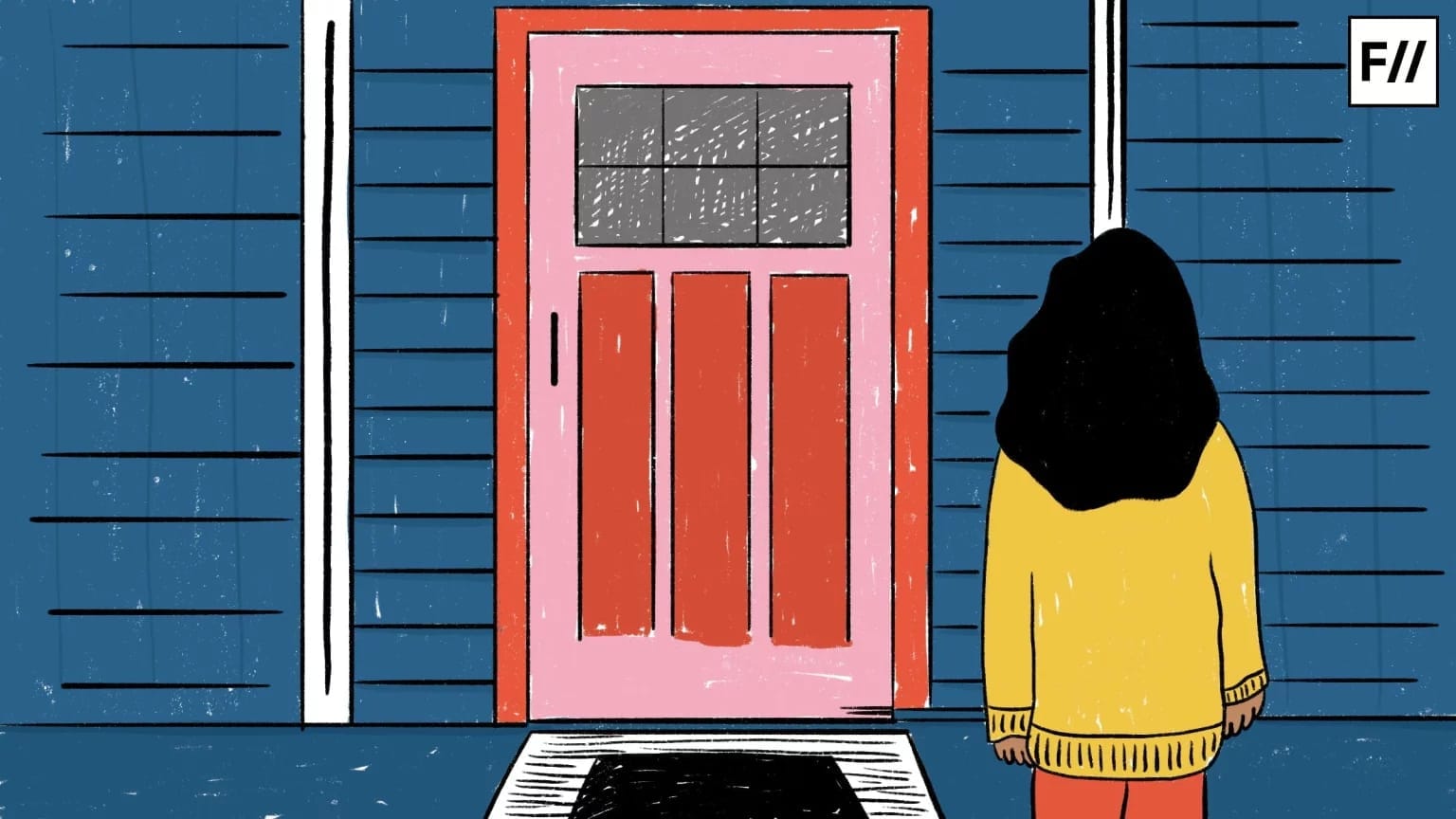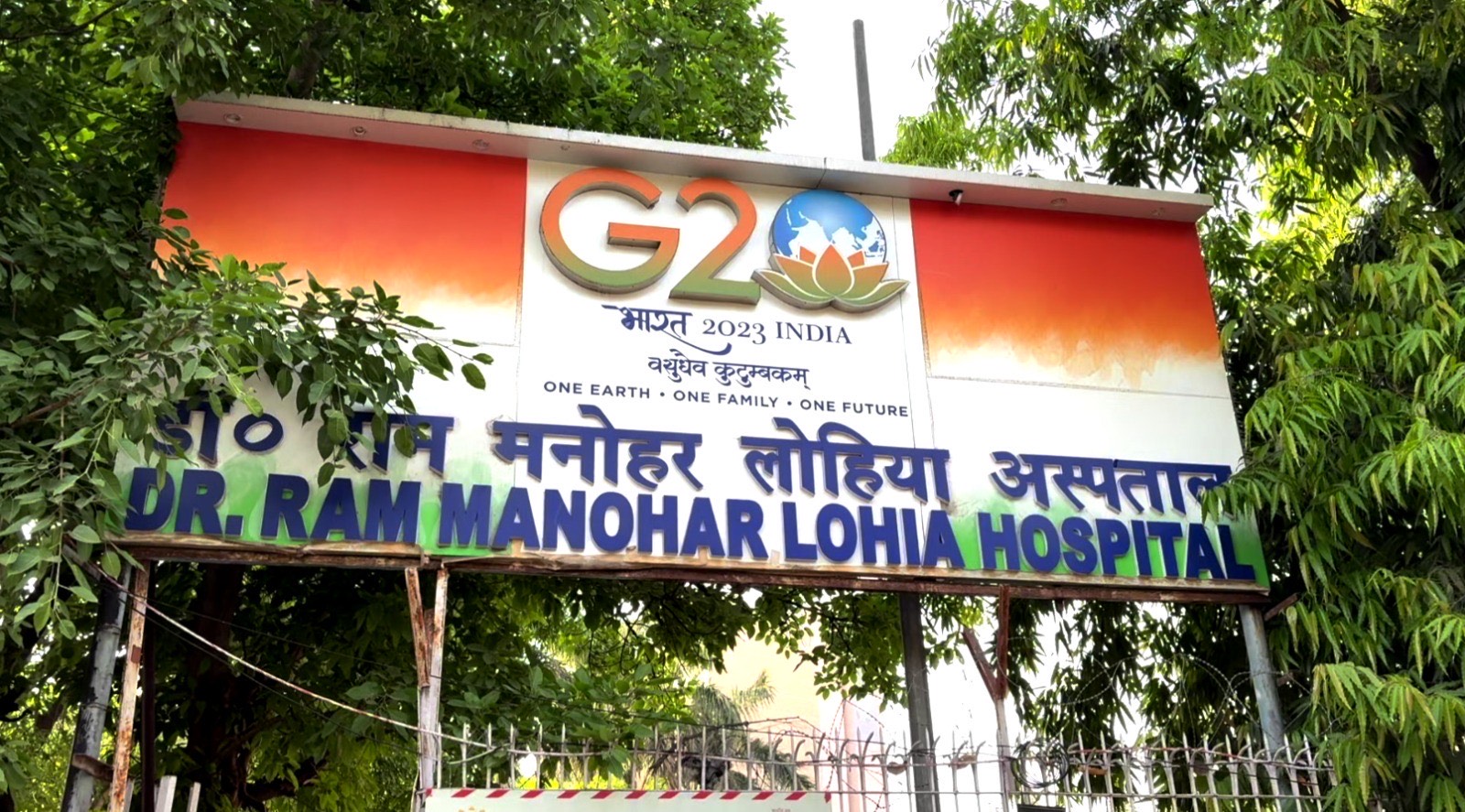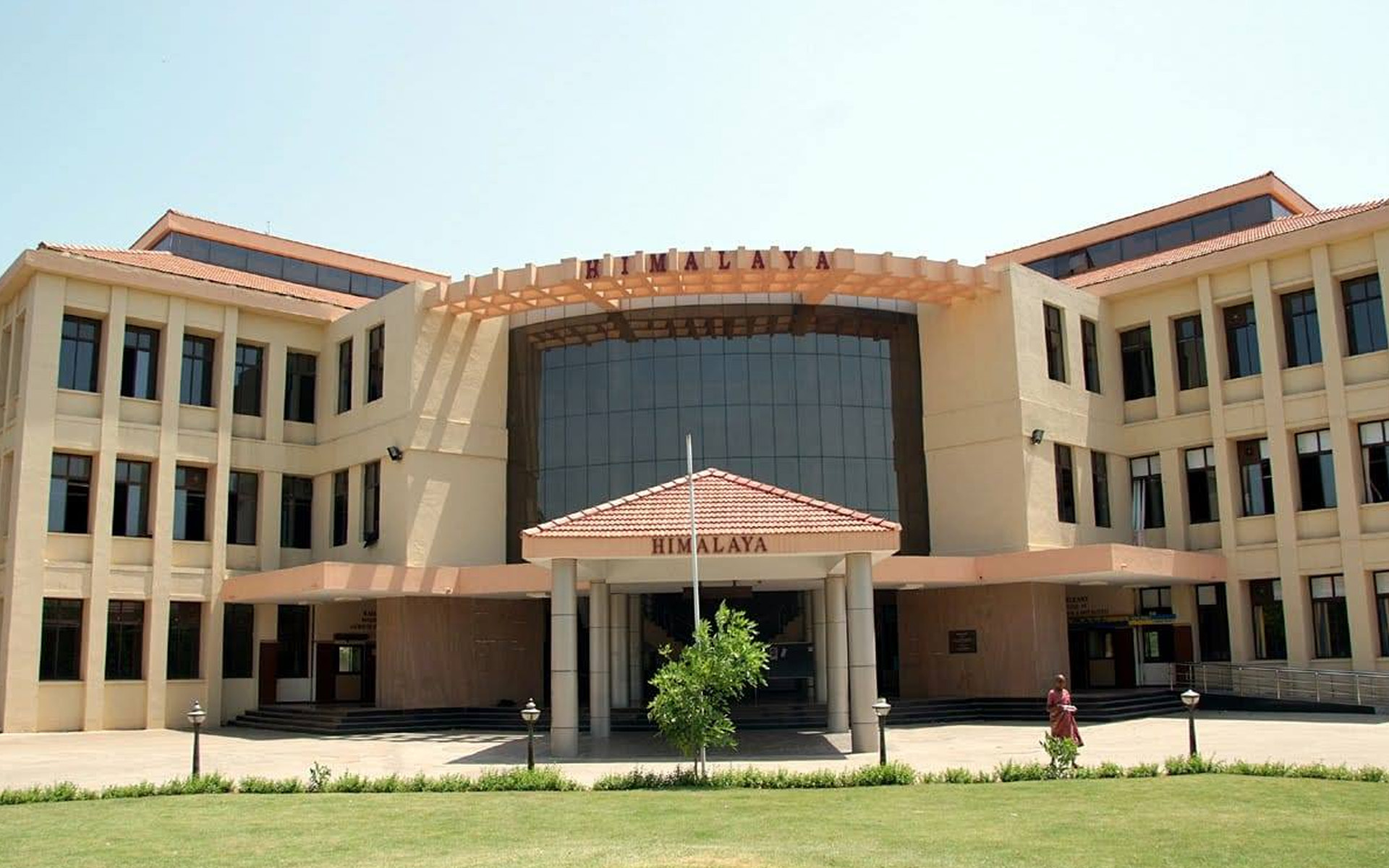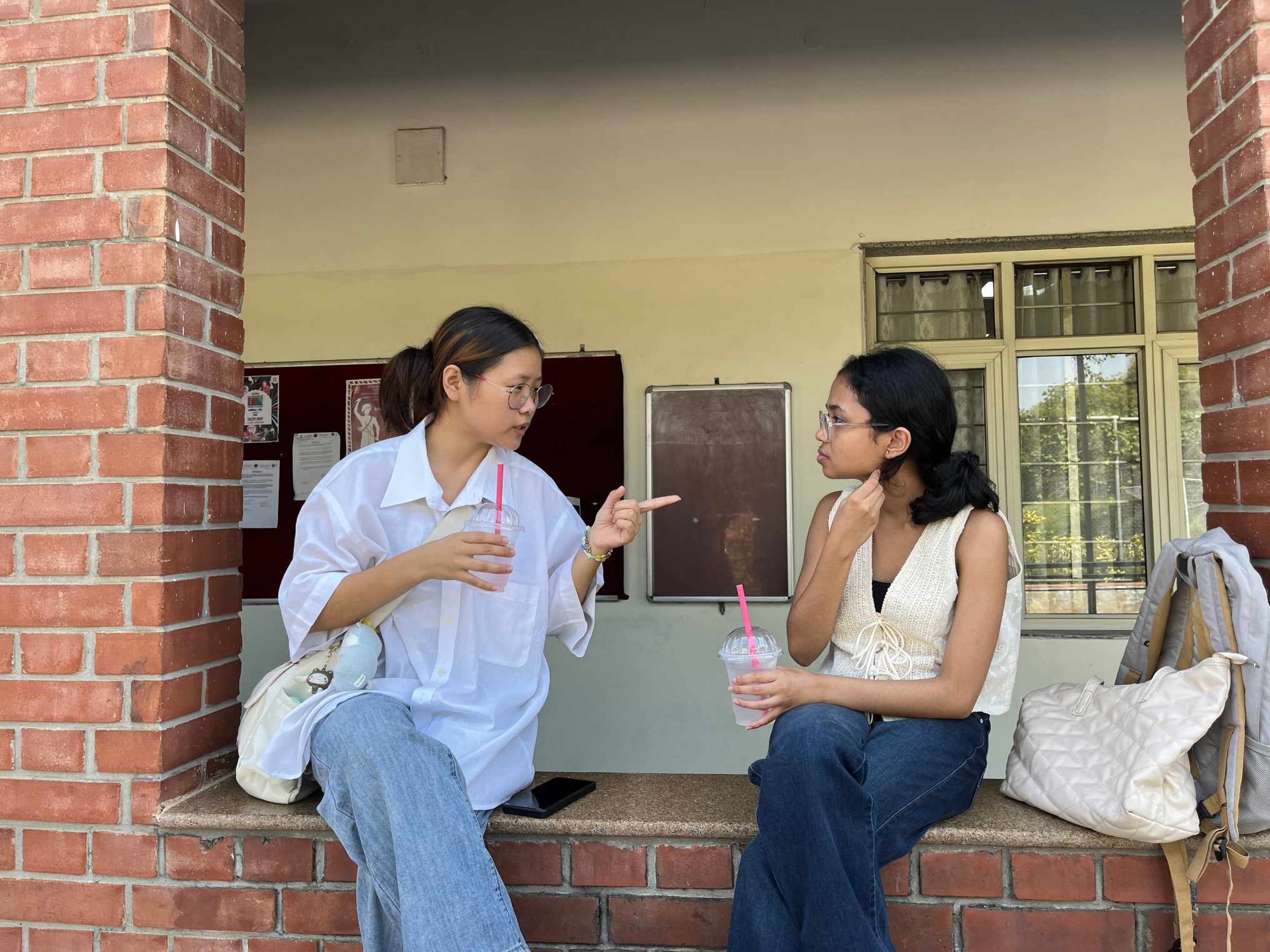In January 2023, a field visit to Tonk, Rajasthan, revealed the stark realities of caste, gender, and systemic exclusion in India. During the visit, an introduction to Bhawani Kanwar, an advocate for the Nat community, provided insight into the struggles faced by young girls whose lives had already been mapped out for them, where education was an unaffordable dream and sex work was seen as an inevitability.
For Nat women, oppression is layered. Beyond caste discrimination, they face economic and patriarchal barriers that rob them of autonomy.
For Nat women, oppression is layered. Beyond caste discrimination, they face economic and patriarchal barriers that rob them of autonomy. The tradition of Badhu Mulya – a marriage custom where the groom bears all expenses – cements women’s financial reliance on men. Within their own community, they have little say over finances, family decisions, or their own bodies.
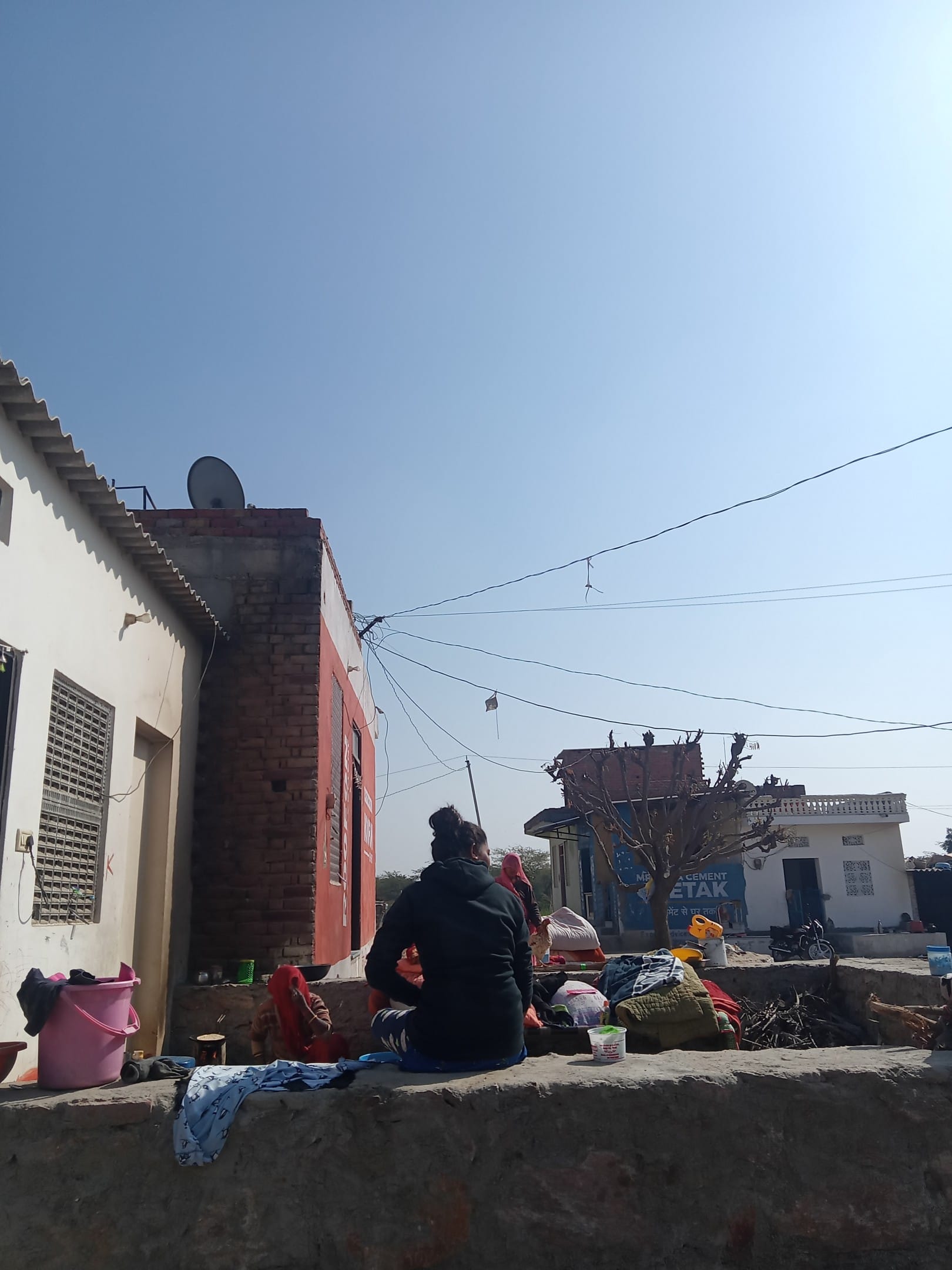
Outside, they are hypersexualised, refused employment, and denied access to basic rights. Many hospitals turn away Nat women, leaving them vulnerable to reproductive health complications, sexually transmitted infections, and maternal mortality. This systemic neglect is not incidental; it is a deliberate erasure of their dignity and humanity.
A legacy of marginalisation
The Nat community, labeled as a “denotified tribe” (DNT) since 1952, remains shackled by colonial-era stigma and intersecting oppressions of caste, gender, and economic deprivation. The Nat’s marginalisation originates in the Criminal Tribes Act of 1871, which branded them as “hereditary criminals.” Though repealed in 1952, the label persists, conflating their traditional arts: acrobatics, dance, and storytelling – with criminality.
A 2025 PRSU study highlights how Nats share cultural practices with Scheduled Tribes (STs), including rituals involving Mahua liquor, animal sacrifices, and megalithic-era burial customs, yet remain excluded from ST status. This denies them affirmative action benefits, perpetuating cycles of poverty. Geographically dispersed and politically fragmented, the Nat population lacks a unified voice. The 2011 Census identified only 4,993 Nats in Chhattisgarh, many in transient settlements, complicating access to welfare schemes.
The fight for education and dignity in the Nat community
Educational access remains one of the most significant challenges for Nat children. Studies indicate that discrimination within schools discourages participation. A 2019 survey in Rajasthan found that upper-caste students often refused to sit beside Nat children, citing notions of impurity. Teachers frequently ignore their complaints, further alienating them from formal education. As a result, literacy rates within the Nat community remain dismally low, contributing to ongoing cycles of poverty.
Teachers frequently ignore their complaints, further alienating them from formal education. As a result, literacy rates within the Nat community remain dismally low, contributing to ongoing cycles of poverty.
Instances of young girls being removed from school due to forced labour or trafficking are common. In one case, a student from Tonk who had stopped attending school was later discovered to have been sold by her family. She was eventually rescued after managing to contact school authorities. Such incidents highlight the extreme vulnerabilities Nat girls face, where education is often their only means of escape but remains riddled with systemic obstacles.
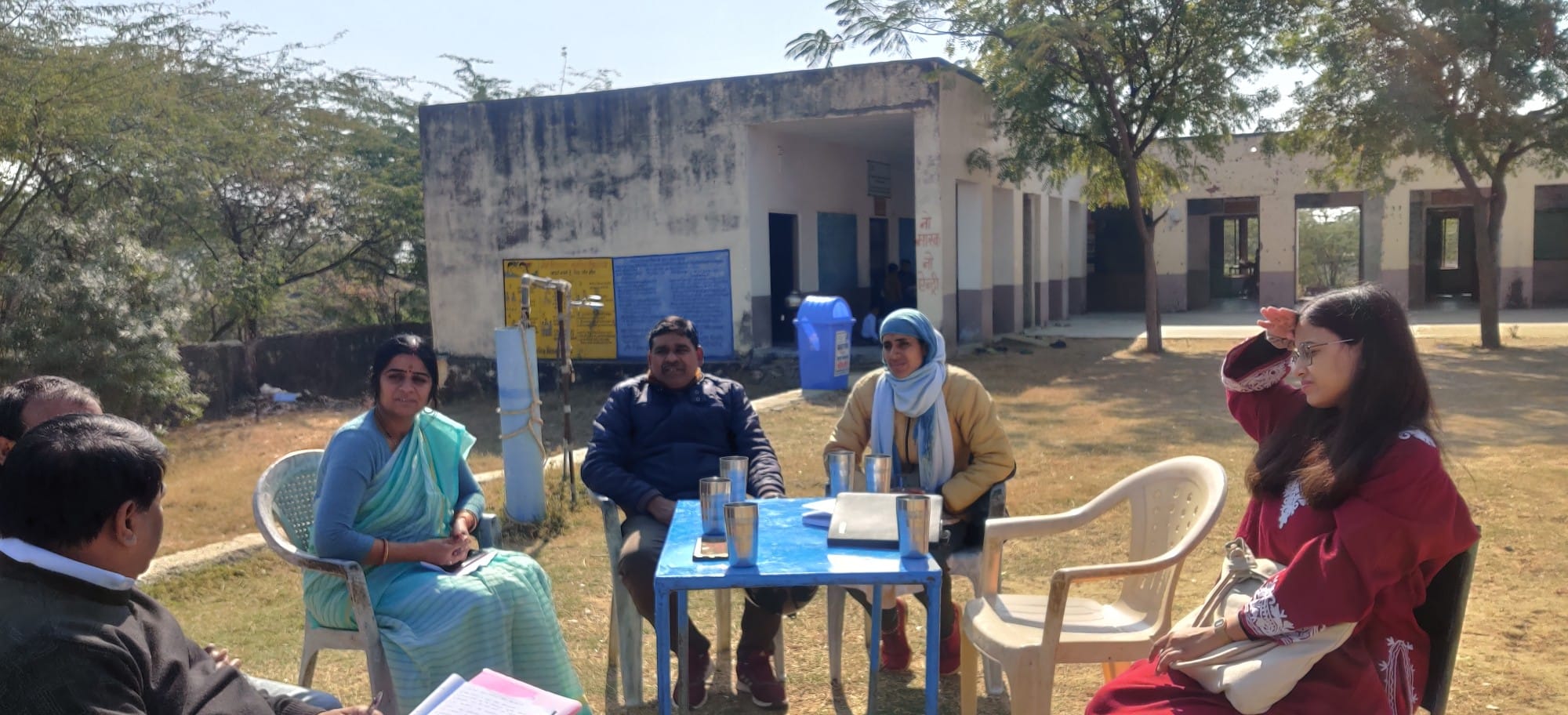
Access to healthcare remains a significant challenge for the Nat community. Hospitals turn away Nat patients, often providing expired medicines or refusing treatment altogether. Economic hardships have also forced many Nat families into intergenerational sex work, as demand for their traditional performances declines. In Rajasthan, sex work has become a survival economy for many families.
A 2023 UNDP report notes that 50% of Indian women aged 15–29 are neither employed nor in education – caregiving duties being the primary barrier – a reality magnified for Nat women.
Women leading the change in the Nat community
Despite systemic barriers, Nat women are reclaiming agency through grassroots initiatives. Bhawani’s youth committees have helped develop female village leaders from both the Nat and non-Nat communities. These women receive training on gender rights, legal entitlements, and digital literacy, which they then pass on to at least five others in their villages.
By developing her own computer skills, Bhawani has set an example for many girls. She manages her organisation’s Management Information Systems (MIS) and has digitised all records, making access to information easier. She now trains other girls in digital literacy. One such trainee, Sunita (name changed), said ‘If it was not for Bhawani didi, I would not be considering continuing my education.‘ Girls like these in Malpura defy patriarchal norms by attending school despite ridicule from peers and discouragement at home.
However, as Dalit feminist scholars emphasise, intersectional advocacy must center both caste and gender to address the unique vulnerabilities of DNT women.
These efforts align with broader feminist movements challenging caste and gender hierarchies. However, as Dalit feminist scholars emphasise, intersectional advocacy must center both caste and gender to address the unique vulnerabilities of DNT women.
Policy gaps and the road ahead
Policy gaps continue to hinder progress. Many Nats lack caste certificates, excluding them from SC/ST quotas. Police harassment under outdated laws like the Habitual Offenders Act (1952) echoes colonial criminalisation. Economic exclusion due to landlessness remains unaddressed. Feminist policy recommendations include:
- Granting ST status for Nats (supported by the PRSU study)
- Implementing mobile health units for transient populations
- Gender-responsive budgeting for education and vocational training programs
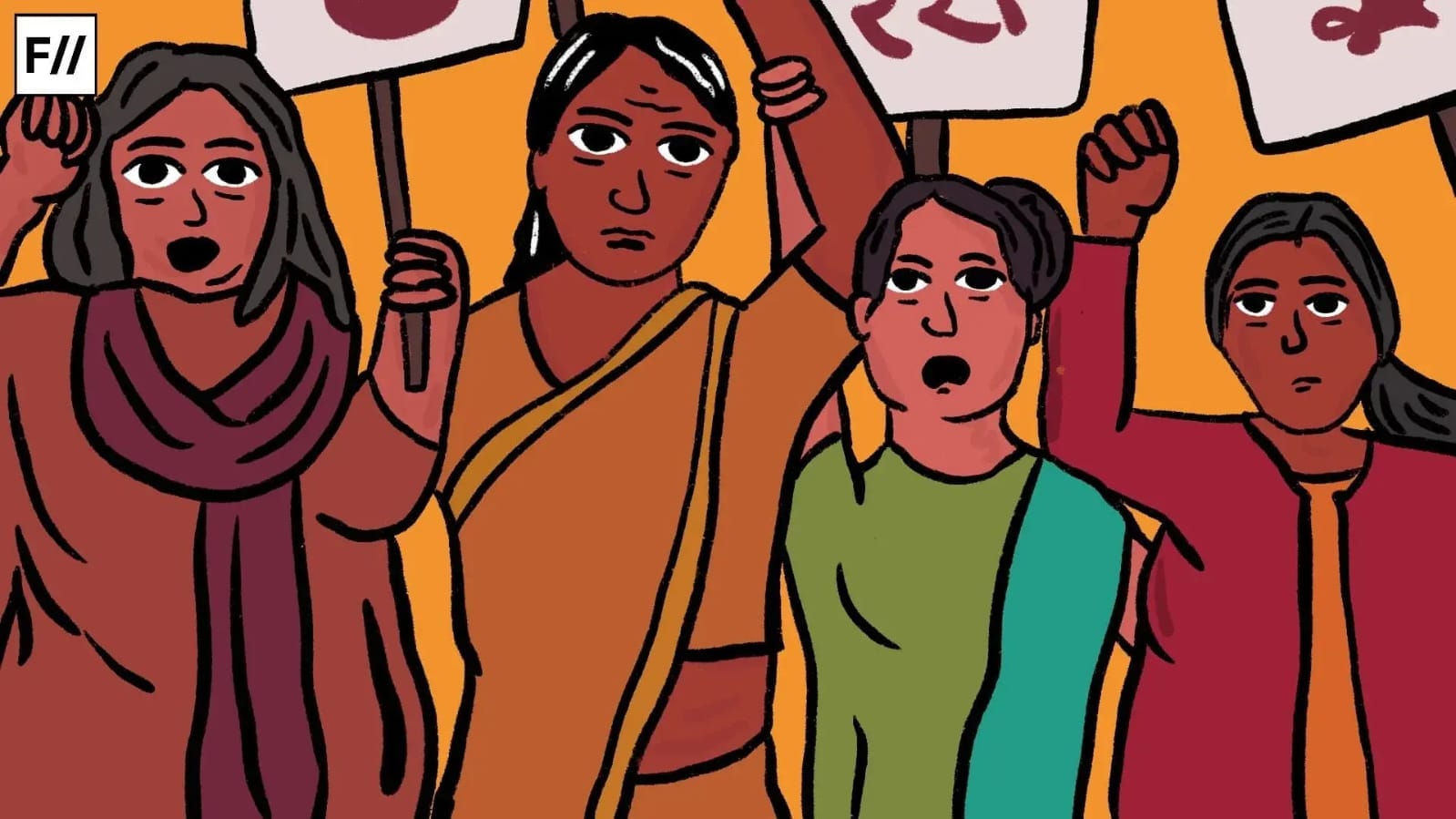
The Nat community’s invisibility in policy frameworks reflects India’s failure to reconcile with its oppressive past. As feminist movements push for equity, they must amplify DNT women’s voices while recognising how caste and gender intersect to shape their oppression.
Breaking the walls
Intersectional feminism demands that we center the most marginalised – and few communities in India face the kind of entrenched discrimination that Nat women do. Their struggles must not be an afterthought. They must be the starting point.
The walls surrounding the Nat community are invisible only to those who choose not to look. As India moves forward, it cannot leave behind its most marginalised. Addressing their systemic exclusion requires collective action – one that sees their struggles not as isolated incidents but as part of a broader fight for justice and equality.
For meaningful change to occur, policies must be restructured, resources must be equitably distributed, and societal attitudes must shift. Recognition, rights, and respect are essential in ensuring that the Nat community is no longer invisible within India’s socio-political landscape.
Sources:
PRSU Study (2025): https://timesofindia.indiatimes.com/city/raipur/prsu-study-calls-for-st-status-for-denotified-nat-caste-in-cg/articleshow/117653843.cms2
Narratives from Nat Community in Rajasthan: http://www.isidelhi.org.in/ckfinder/userfiles/files/Files%209/Hemraj%20Article%20SA.pdf4
Science Publishing Group Report on Socio-Economic Landscape: https://www.sciencepublishinggroup.com/article/10.11648/j.ash.20241004.116
Situating the Self within Changing Societal Dynamics: https://www.tandfonline.com/doi/abs/10.1080/10875549.2024.2338151
